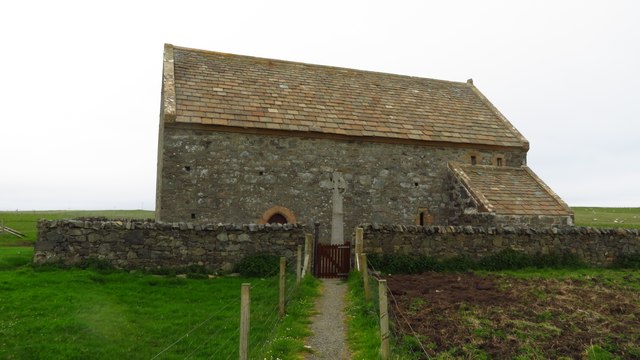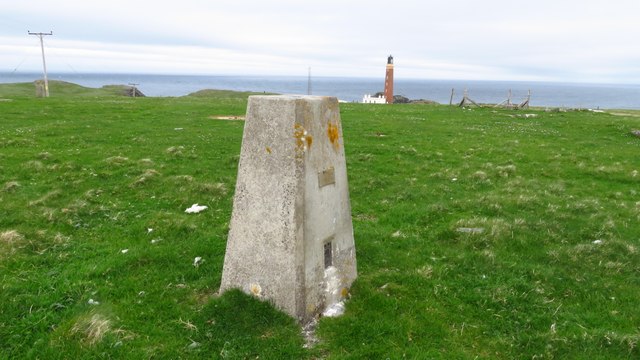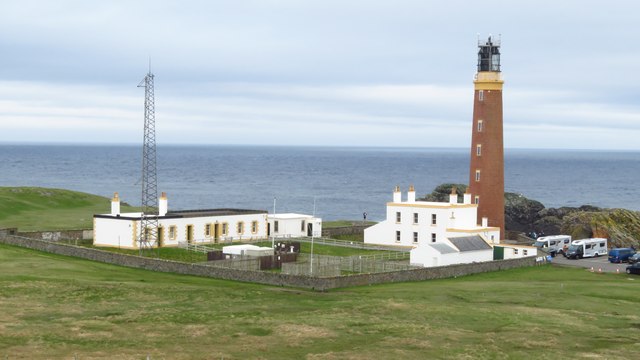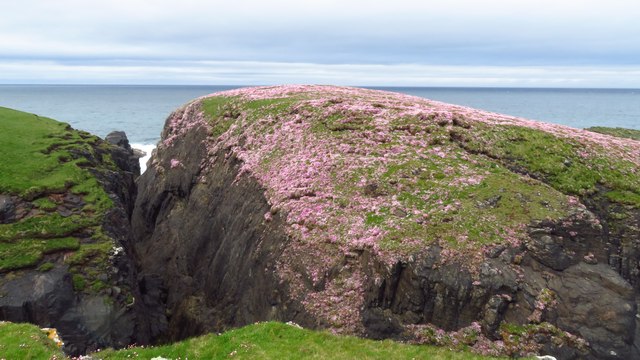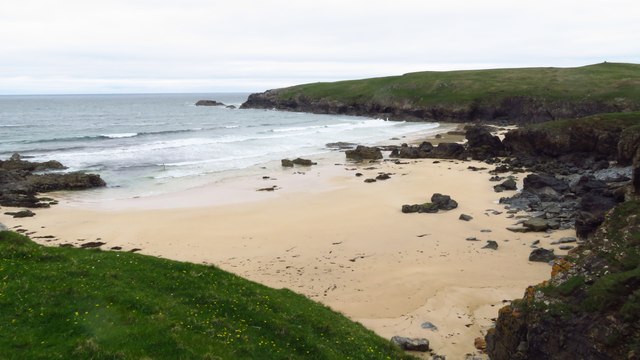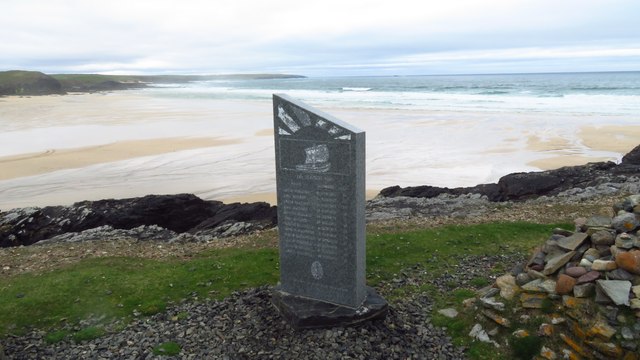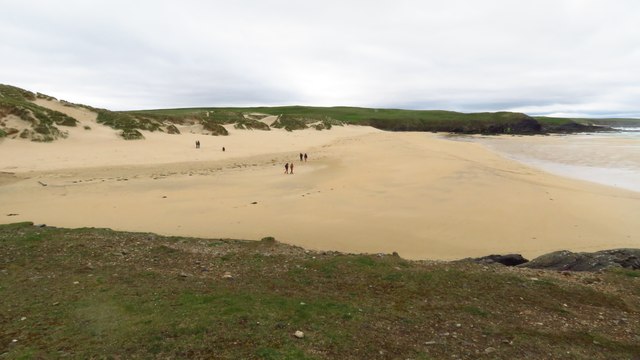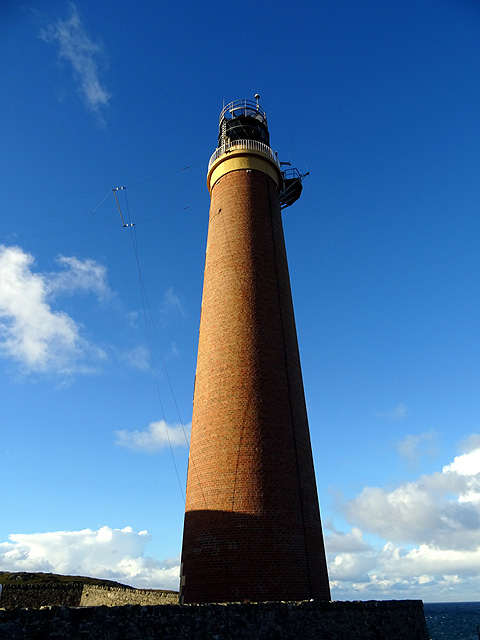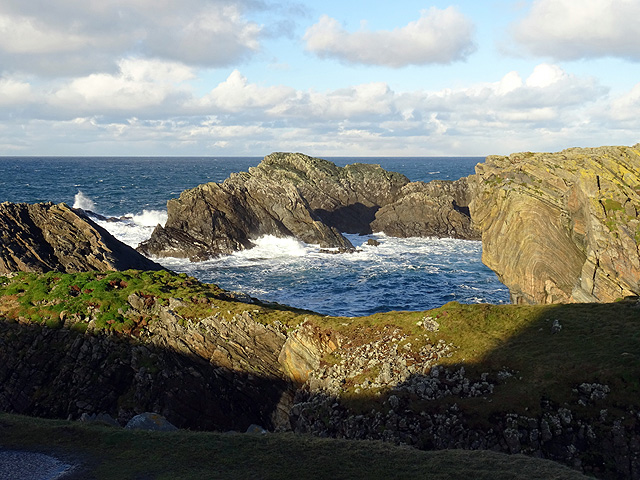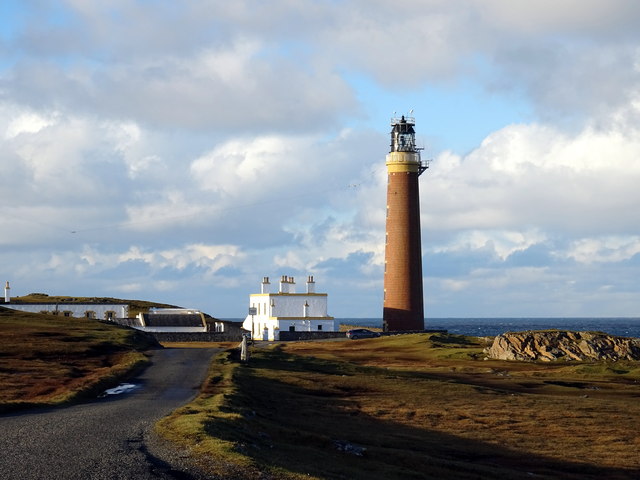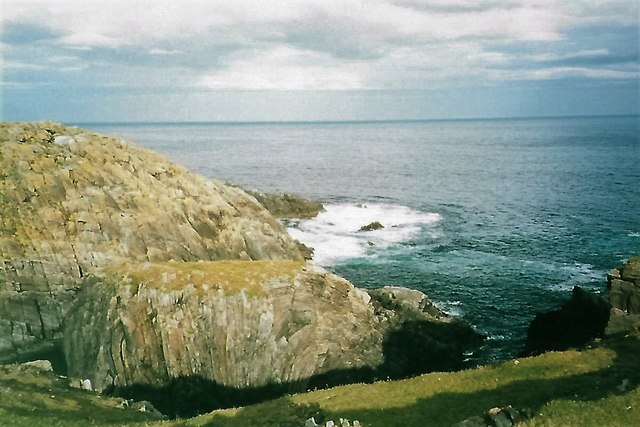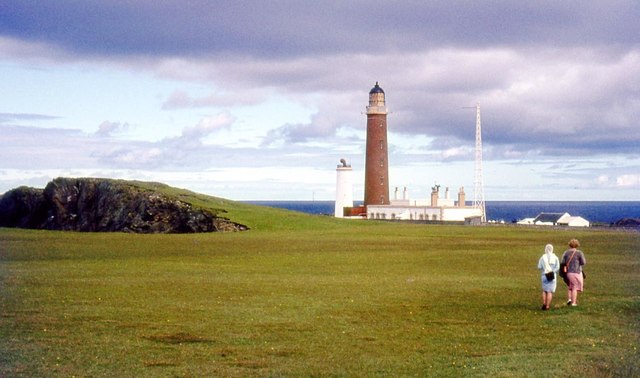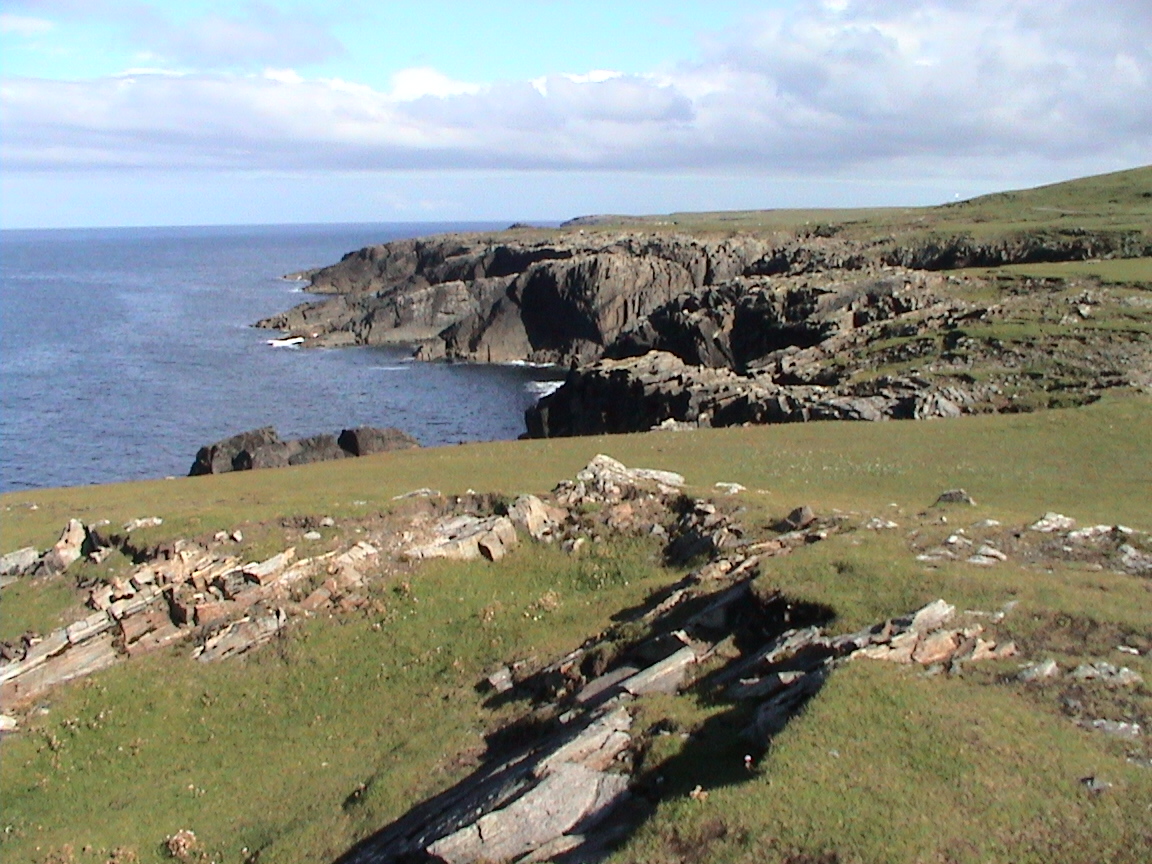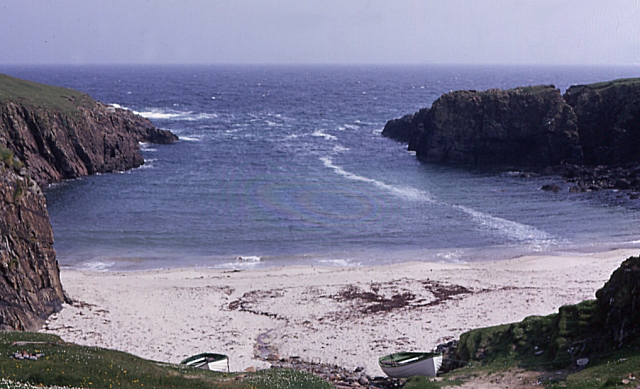Cunndal
Bay in Ross-shire
Scotland
Cunndal
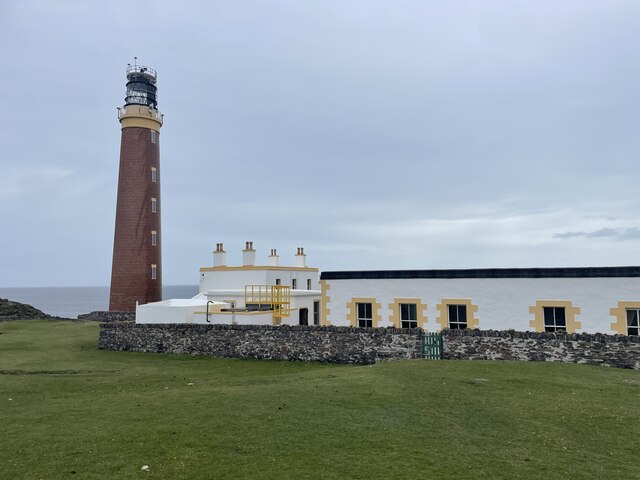
Cunndal is a small bay located in Ross-shire, Scotland. It is known for its picturesque views and tranquil atmosphere. The bay is surrounded by rolling hills and lush greenery, making it a popular destination for nature lovers and outdoor enthusiasts.
Cunndal is home to a variety of wildlife, including seabirds, seals, and otters. The bay is also a great spot for birdwatching, with a number of rare species often spotted in the area.
The waters of Cunndal are crystal clear and perfect for swimming, kayaking, and paddleboarding. The bay is also a popular spot for fishing, with a variety of fish such as mackerel, haddock, and cod found in the waters.
Visitors to Cunndal can enjoy long walks along the shoreline, taking in the stunning views of the surrounding landscape. There are also several quaint villages nearby where visitors can sample local cuisine and browse shops selling handmade crafts.
Overall, Cunndal is a hidden gem in Ross-shire, offering visitors a peaceful retreat surrounded by natural beauty.
If you have any feedback on the listing, please let us know in the comments section below.
Cunndal Images
Images are sourced within 2km of 58.506684/-6.2793077 or Grid Reference NB5065. Thanks to Geograph Open Source API. All images are credited.

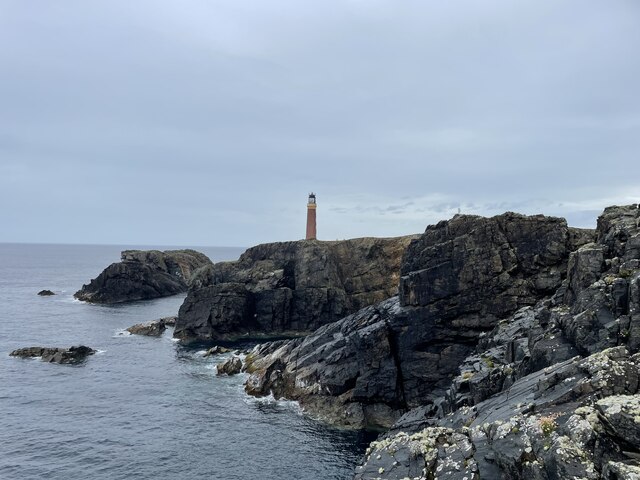
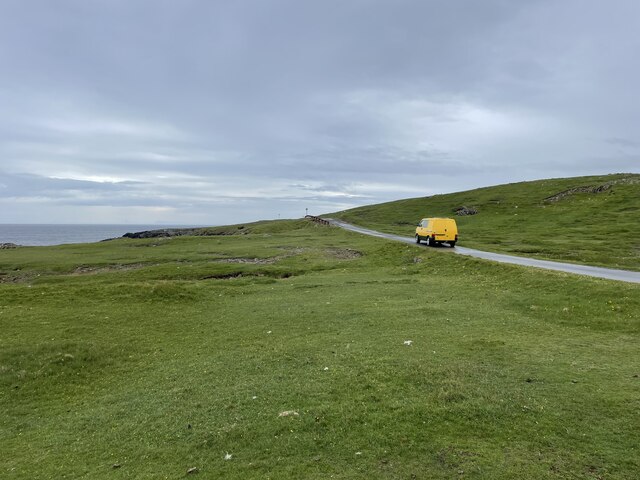
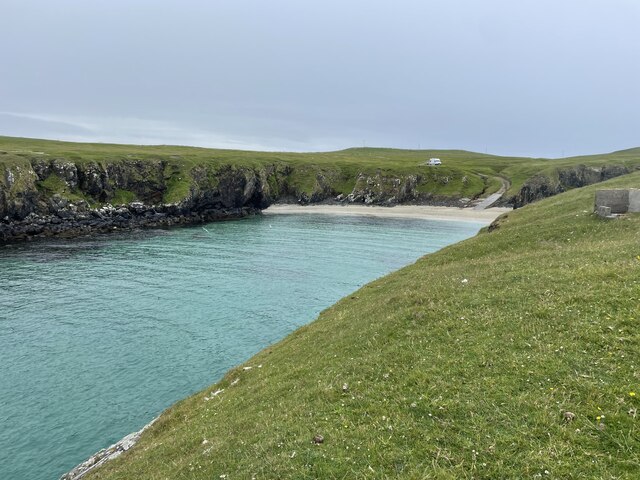
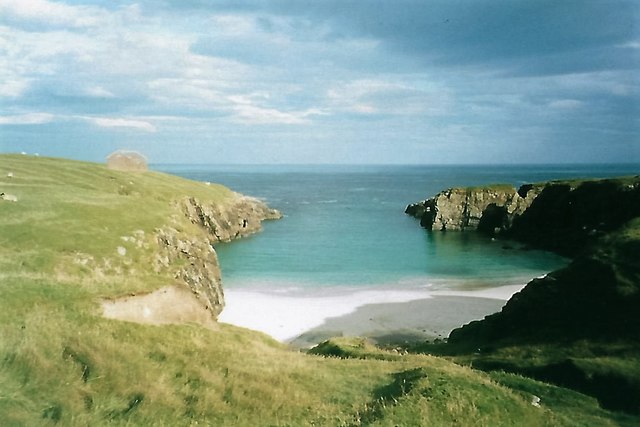
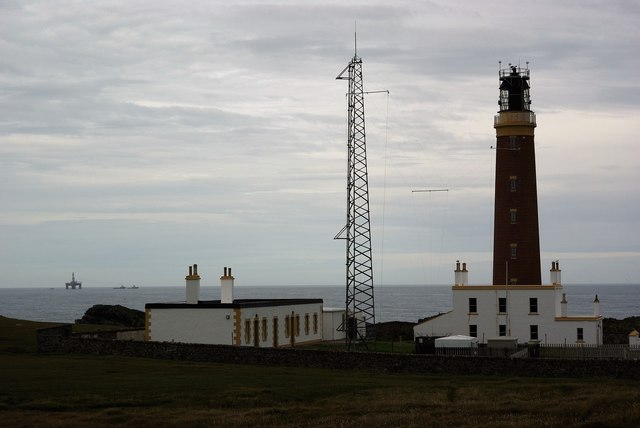
Cunndal is located at Grid Ref: NB5065 (Lat: 58.506684, Lng: -6.2793077)
Unitary Authority: Na h-Eileanan an Iar
Police Authority: Highlands and Islands
What 3 Words
///impaired.slicing.parkland. Near North Tolsta, Na h-Eileanan Siar
Nearby Locations
Related Wikis
Eoropie
Eoropie (Scottish Gaelic: Eòrapaidh) is the most northerly village on the Isle of Lewis in the parish of Ness, in the Outer Hebrides, Scotland. Eoropie...
Teampall Mholuaidh
St Moluag's church (Scottish Gaelic: Teampall Mholuaidh) is a church in the village of Eoropie in Ness in the Isle of Lewis in Scotland. It is one of the...
Butt of Lewis
The Butt of Lewis (Scottish Gaelic: Rubha Robhanais) is the most northerly point of Lewis in the Outer Hebrides. The headland, which lies in the North...
Port Stoth
Port Stoth, known locally as Stoth and pronounced Stow, is a sheltered inlet just southeast of the Butt of Lewis in the Outer Hebrides, Scotland. It is...
Nearby Amenities
Located within 500m of 58.506684,-6.2793077Have you been to Cunndal?
Leave your review of Cunndal below (or comments, questions and feedback).
